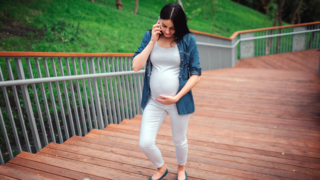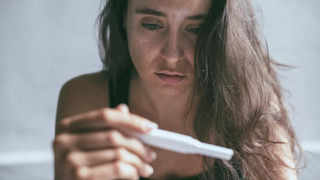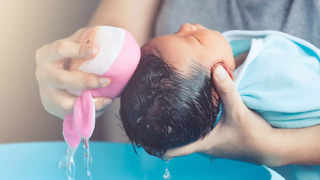It has a typical length of six days, that is, the five days leading up to ovulation and the date of ovulation itself. Ovulation is the process in which a mature egg is released from either of the ovaries, typically around the middle of the menstrual cycle. This egg then travels down the fallopian tube, where it meets the sperm and gets fertilised. Ovulation is essential for natural conception and typically occurs about 14 days before the start of your next period, in a 28-30 day cycle.
The sperm can survive in the female reproductive tract for up to five days, while an egg remains viable for 12-24 hours after ovulation. Intercourse during this window is a good idea for those who are trying to conceive. Try to have intercourse every day during this time to maximise your chances of getting pregnant.
How are fertile days calculated on this tool?
The tool works on the assumption that ovulation occurs approximately 14 days after the last date of your last period.
Inputs Needed:
First day of your last period
Average cycle length (usually between 21–35 days)
Common Symptoms During Fertile Window
- Clear, stretchy cervical mucus that resembles the texture of egg whites
- Heightened basal body temperature
- Increased libido
- Mild ovulation pain also known as mittelschmerz





